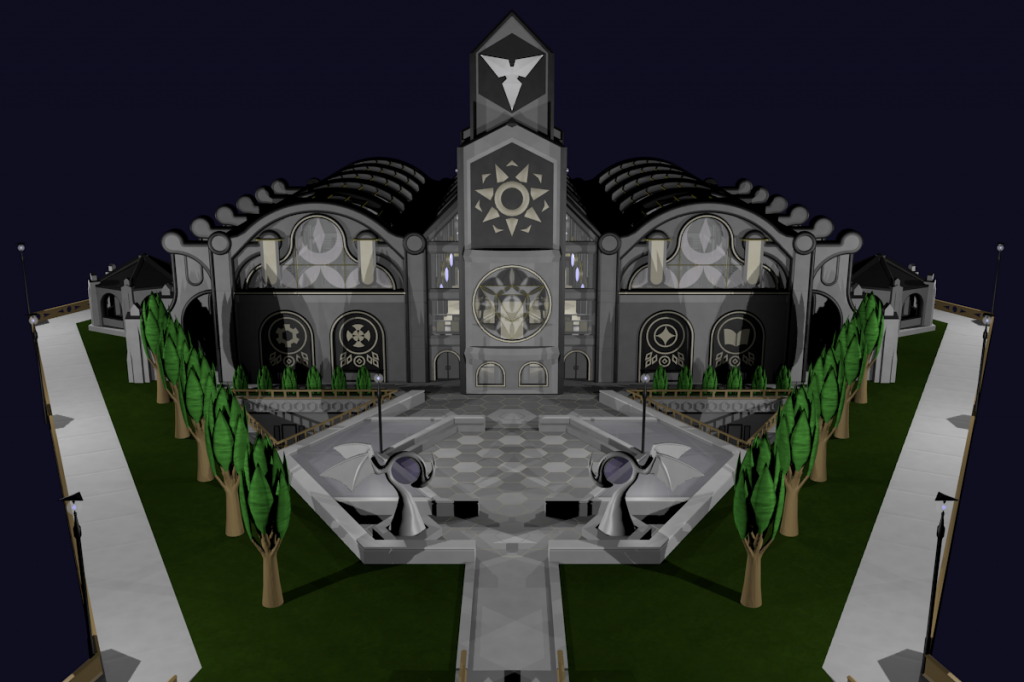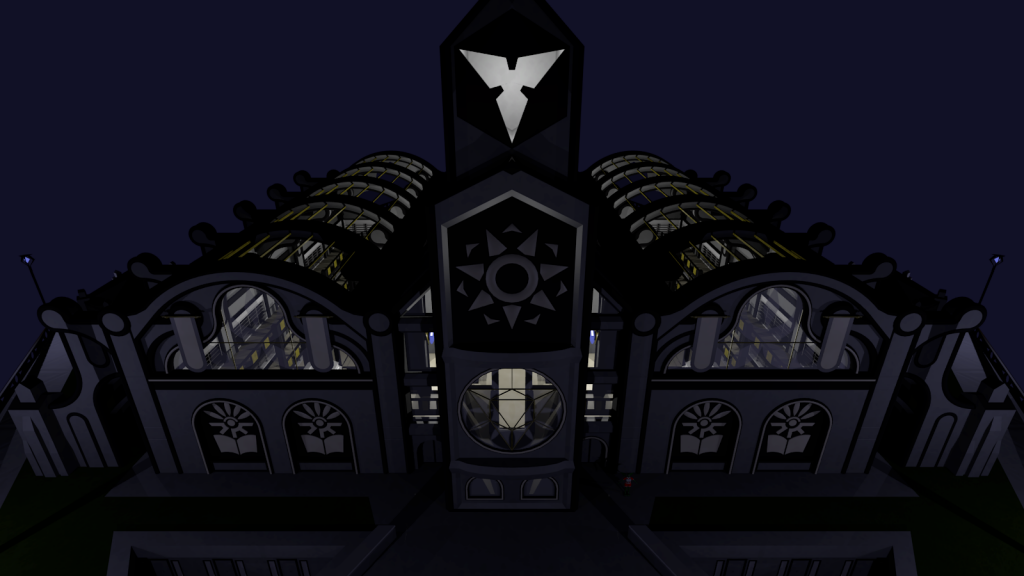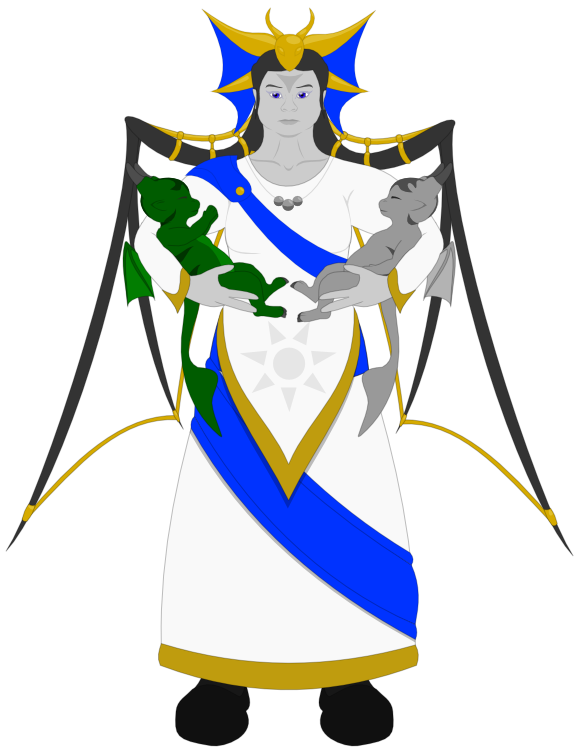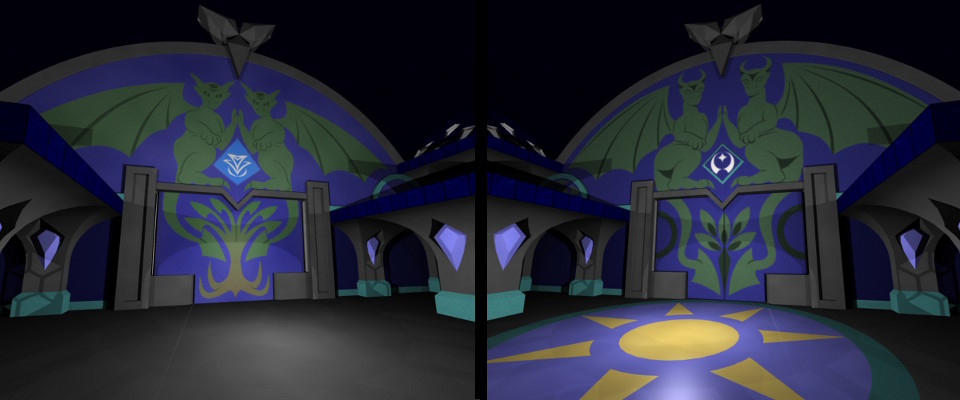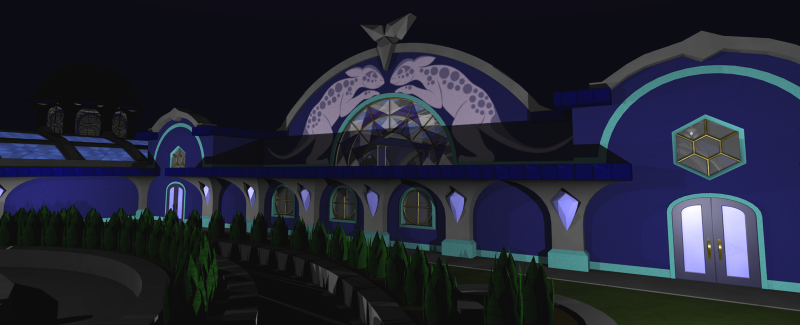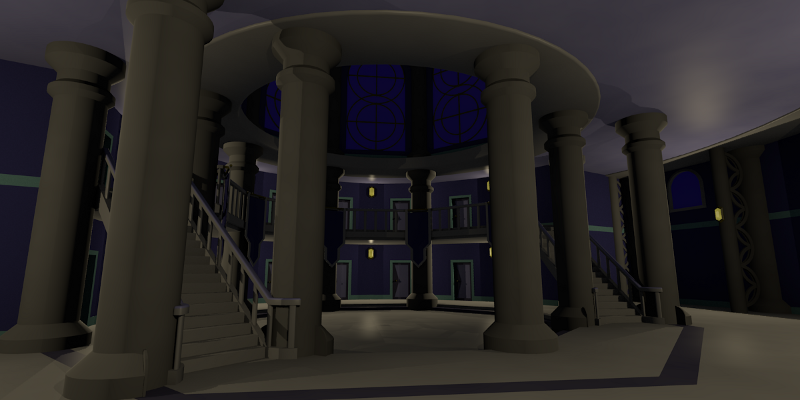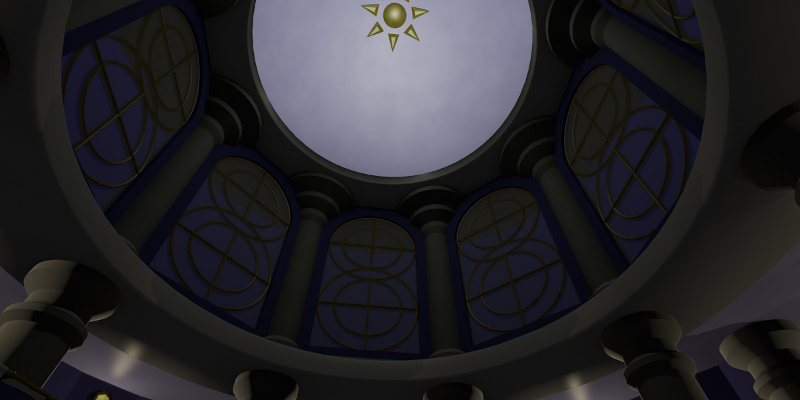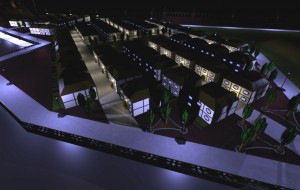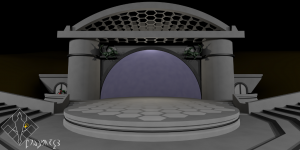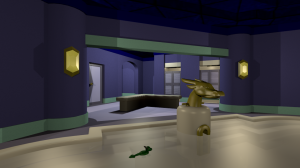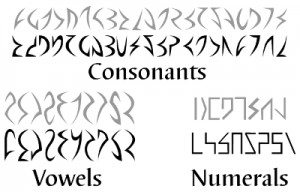The Ayra Katrin organization is the prestigious home of the best scholars, engineers, sorcerers, and enchanters of the Seven-Star Nation.
Katrin lived during “Mosereka”, the Time of the Five Races, which took place before the First War. He became deeply interested in the hidden powers possessed by the Naryyd and Agwil known as Kaera. After much study and practice, he developed his own Kaera abilities. Others flocked to him and became his pupils. Those that he taught were called “che ayra se katrin”, the Followers of Katrin.
Not only did Katrin pioneer the Agwilikan and Akelikan use of Kaera, he also was the primary discoverer of enchantment, a method of imbuing objects with latent Kaera power. He was also an avid scholar and was a major contributor to the development of the Kaera-assisted printing press and libraries.
The Naryyd and the Kylal decided to create an official entity based around Katrin and his followers. It was named the “Ayra Katrin”. This organization was involved in, among other things, training and managing Kaera users, overseeing enchantment trades, printing and archiving important historical documents and other literary works, maintaining central libraries, and assisting in major public works projects.
When war broke out, Katrin was expected to go into battle. He was the most powerful user of Kaera by a large margin, and many thought he would rain devastation on the invading forces. However, he refused participate in battle, insisting that he stay at his home at the Ayra Katrin Library of Cressacapera. He continued to teach and train others and enchant weapons for the war until his death.
The image above is the sigil of the Ayra Katrin. This particular picture has marks showing how the symbol is constructed.

